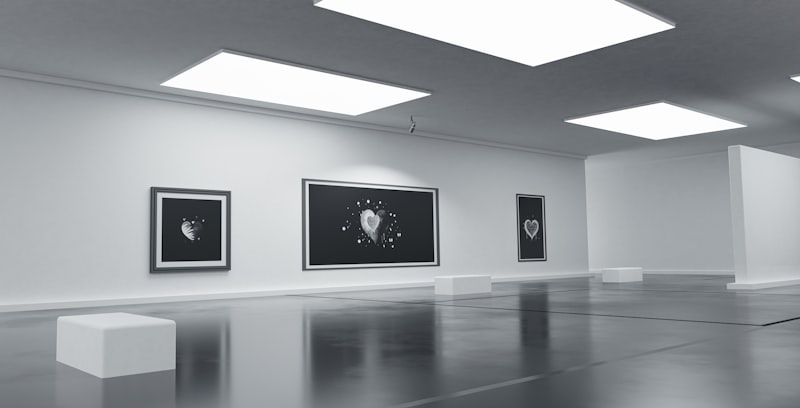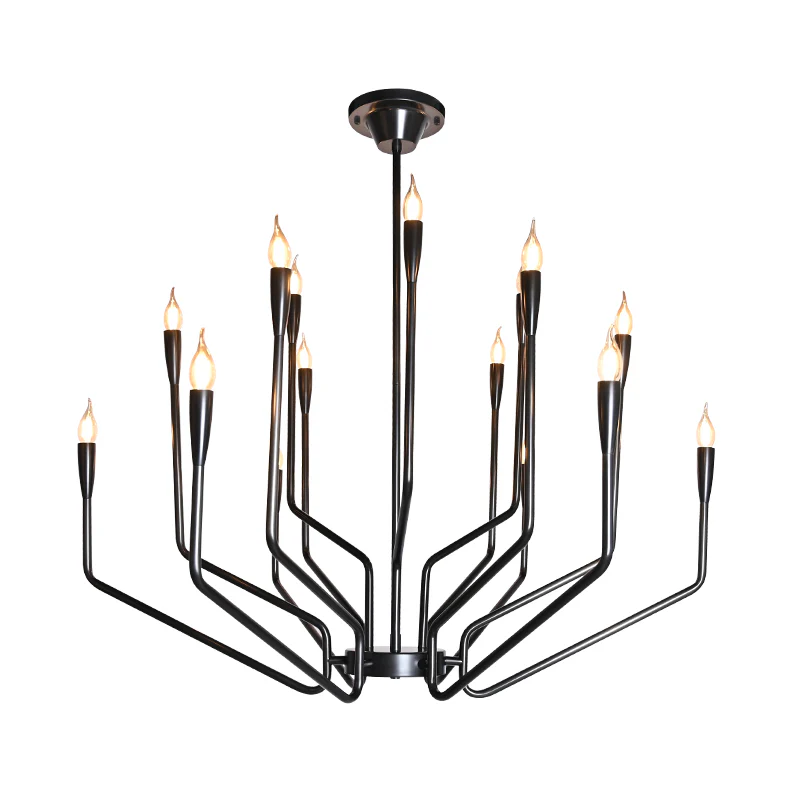Enhancing Artwork and Exhibitions with LED Lights: A Guide
Enhancing Artwork and Exhibitions with LED Lights: A Guide
In recent years, LED Lights have revolutionized the way we experience art and exhibitions. By providing a versatile and energy-efficient lighting solution, LED technology not only enhances the aesthetic appeal of artworks but also improves the overall atmosphere of exhibitions. This article explores the benefits, techniques, and best practices for using LED Lights to enhance artwork and exhibitions.
The Benefits of Using LED Lights
LED Lights offer numerous advantages over traditional lighting methods, making them an ideal choice for galleries and exhibitions. Here are some key benefits:
| Benefit | Description |
| Energy Efficiency | LED Lights consume significantly less energy than incandescent or fluorescent lights, resulting in lower electricity bills. |
| Longevity | LED Lights have a lifespan of up to 25,000 hours, reducing the frequency of replacements. |
| Color Accuracy | LEDs provide a high Color Rendering Index (CRI), ensuring that colors are displayed accurately, which is crucial for art. |
| Low Heat Emission | LED Lights emit very little heat, preventing potential damage to sensitive artworks. |
| Versatility | LED Lights come in various colors, intensities, and designs, making them adaptable for different art styles and exhibition themes. |
How LED Lights Enhance Artwork
Using LED Lights creatively can transform how viewers perceive and engage with art. Here are some techniques for using LED Lighting effectively:
1. Highlighting Textures and Details
Different angles and intensities of LED Lighting can enhance textures and intricate details within artworks. For example, a sculpture can be spotlighted to create shadow play, adding depth and dimension that engage the viewer.
2. Creating Mood and Atmosphere
The color temperature of LED Lights can significantly influence the mood of an exhibition. Warm white LEDs may evoke a cozy, intimate feel, while cool white lights can create a more modern, clean ambiance. 
3. Using Colored LED Lights
Colored LED Lights can be used to create a dynamic atmosphere that compliments the theme of an exhibition. For example, a blue hue can evoke feelings of tranquility, while red can generate excitement. Properly chosen colors can enhance the emotional impact of the artwork displayed.
4. Backlighting Techniques
Backlighting can make two-dimensional artworks appear more dynamic and three-dimensional. This technique is particularly effective for transparent materials, such as glass artworks or translucent photographs, by allowing the viewer to grasp the full layer of complexity within the piece.
Practical Considerations for Using LED Lights
While LED Lighting offers ample benefits, there are also practical considerations to keep in mind:
1. Placement and Positioning
Carefully consider the placement of LED Lights to avoid glare that may distract from the artwork. Use dimmers to adjust the intensity of the light depending on the time of day or the specific artwork being showcased.
2. Minimizing Light Pollution
Exhibitions should aim to create a focused lighting environment. Use lighting designs that direct light only to artwork, avoiding unnecessary light spill that could distract viewers.
3. Cost Considerations
LED Lights initially might seem more expensive than traditional bulbs; however, considering their longevity and energy efficiency, they prove to be cost-effective in the long run. Moreover, many exhibits can benefit from grants or budgeting dedicated to improving display techniques using innovative lighting.
Case Studies: Successful Use of LED Lighting in Art Exhibitions
Several renowned exhibitions have successfully used LED Lights to enhance artwork:
| Exhibition | Location | Highlight |
| The Van Gogh Museum | Amsterdam, Netherlands | Utilized LED projections to recreate Van Gogh's vibrant color palette. |
| Illuminate Light Festival | Philadelphia, USA | Featured large-scale LED installations alongside traditional artworks. |
| Rijksmuseum Light Exhibition | Amsterdam, Netherlands | Showcased master paintings under distinct LED Lighting techniques to enhance visual narratives. |
Conclusion: Embracing LED Technology for Artistic Expression
Using LED Lights to enhance artwork and exhibitions has opened new avenues for creativity and engagement. As technology evolves, the options available to artists and curators continue to expand. By embracing LED Lights, galleries can create immersive experiences that not only highlight the beauty of the art on display but also captivate audiences in innovative ways. When planning for exhibits, it’s essential to consider both the aesthetic and practical aspects of LED Lighting. With careful attention to design, placement, and color, exhibitions can achieve new heights of expressiveness and allure. Embracing these lighting solutions will ensure art continues to thrive in a modern context.
Key Takeaways and Recommendations:
- Consider energy efficiency and longevity when choosing lighting.
- Use colored and adjustable LED Lights to create different atmospheres.
- Plan the layout of lights carefully to minimize glare and maximize impact.
- Look into grants or funding specifically allocated for lighting improvements in exhibitions.
As you venture into utilizing LED Lights for your upcoming exhibitions, remember the vast potential these tools can unleash in enhancing viewer experiences and celebrating art's beauty.
